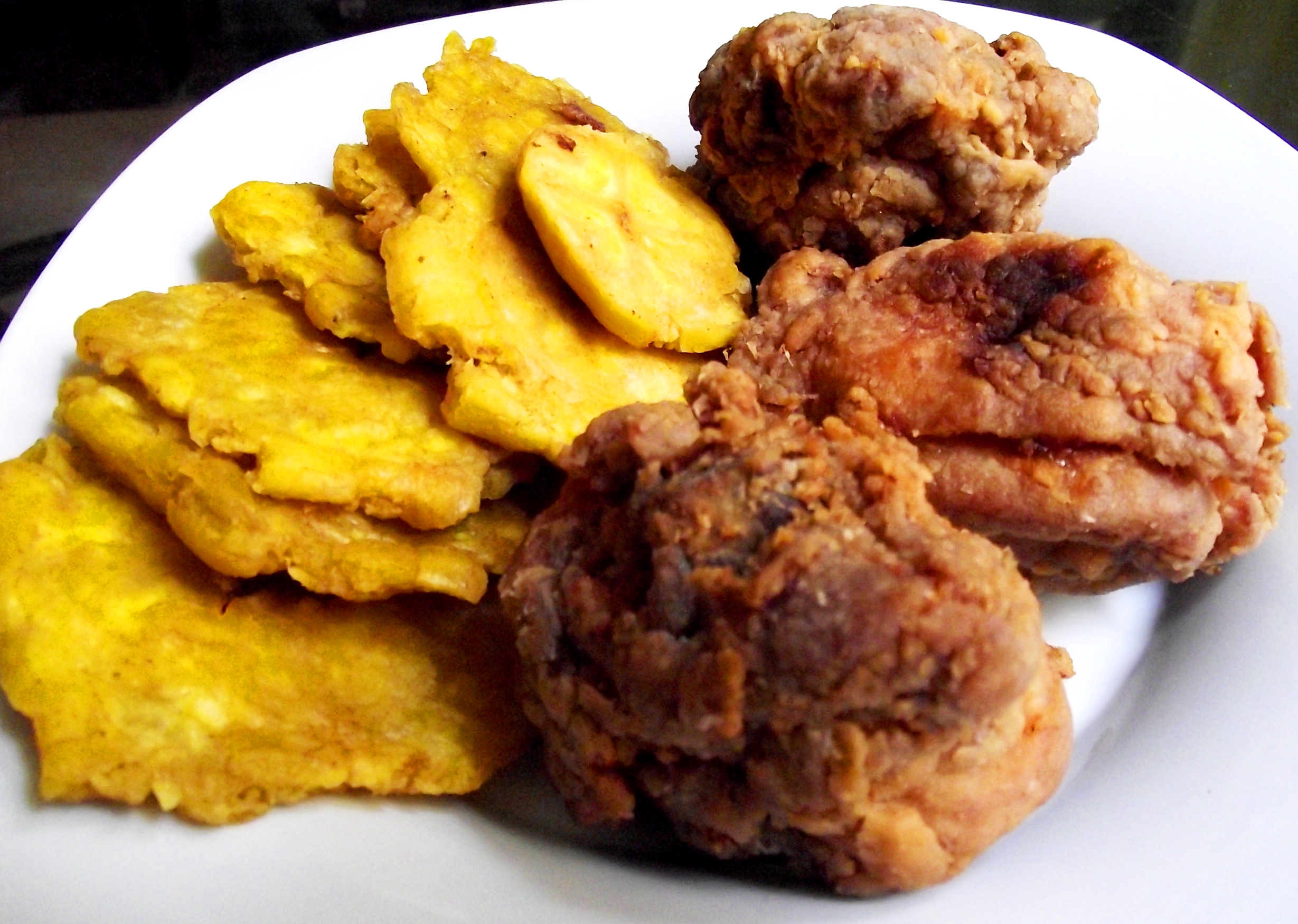

It’s a popular potato salad consumed in many parts of the world, including the Dominican Republic where it’s considered a staple Christmas dish.Įnsalada rusa exists in many variations but it’s core ingredients are potatoes, eggs, and mayonnaise. They can be incorporated into the mash or served on the side with a broth that’s meant to moisten the mofongo and bring out its flavor.Įnsalada rusa is Spanish for “Russian salad”. Like mangú, it was brought to the Dominican Republic during the slave trade.Ĭlassic versions of mofongo are made with chicharron but other varieties exist that can be made with different types of meat and seafood like chicken, bacon, shrimp, or beef. Regardless of who invented it, mofongo is most certainly derived from African fufu, a type of “swallow food” (food that’s meant to be swallowed, not chewed) made from starchy vegetables like yam, cassava, and plantains. Traditional Dominican mofongo was made from roasted plantains, not fried plantains the way it is in Puerto Rico. Both island nations claim to have invented the dish though evidence seems to indicate that the most popular type of mofongo consumed in the Dominican Republic may indeed be Puerto Rican in origin. It’s commonly eaten for lunch or dinner, or as a late-night after-drinking snack.Īs popular as mofongo is in the Dominican Republic, it’s equally popular in Puerto Rico. The mash is then shaped into a ball and served with meat or seafood and a chicken or meat broth. Like mangú, mofongo is a popular Dominican dish made from mashed plantains, but instead of being boiled, the plantains are fried or roasted before being mashed with garlic, salt, oil, and chicharron. It was brought to the Dominican Republic during the slave trade and is said to be derived from “mangusi”, a Congolese term used to describe any root vegetable that’s boiled and mashed. Like many Dominican dishes, mangú is believed to be a product of African influences. When served with all three, it’s referred to as los tres golpes (“the three strikes”) – ie mangu with cheese, eggs, and salami.


They’re then topped with red onions sauteed in vinegar and served with side dishes like queso frito (fried cheese), fried eggs, or slices of fried Dominican salami. To make mangú, boiled plantains are mashed to a smooth texture with butter or oil and the water in which they were boiled. It’s one of the most representative dishes of Dominican cuisine and regarded by many as the Dominican Republic’s official breakfast dish. Mangú is a popular dish of mashed plantains. Traveleaters looking for the best traditional Dominican foods will have these 15 mouthwatering dishes to look forward to when they visit the Dominican Republic. Many ingredients are the same but preparations and names of dishes may vary. Thanks to their similar histories, Dominican cuisine shares many similarities with the cuisines of its Latin American neighbors, most notably with Puerto Rico and Cuba. The typical Dominican lunch will consist of arroz blanco (white rice), beans, and meat served together in a dish called la bandera. Like Spain, lunch is the heaviest meal of the day in the Dominican Republic. Poorer Dominicans make do with lesser quality fish which they often stew with la criolla, a type of rice.ĭominican breakfast typically consists of mangú (plantains), eggs, meat, and viveres (tubers and starchy roots). Goat and beef are common as well.īeing an island nation, seafood is also common in the Dominican Republic though it’s usually reserved for the country’s middle- and upper-classes. Pork is the preferred type of meat though chicken is by far the most consumed. Like many Latin American countries, white rice, beans, and plantains are staple foods in the Dominican Republic. This same multi-ethnic composition can be seen in Dominican cuisine which is largely a combination of Spanish, indigenous Taíno, African, and Middle Eastern influences. Photo by lenyvavsha WHAT IS TRADITIONAL DOMINICAN FOOD?īecause of its colonial history and waves of immigration, over 70% of the Dominican Republic’s population is made up of mixed ethnicities (as of 2014).


 0 kommentar(er)
0 kommentar(er)
